Search
Did you mean: Science?
Search Results
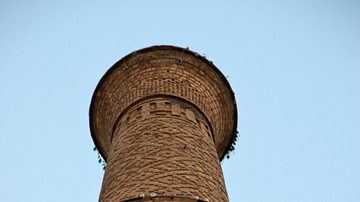
Article
The Style & Regional Differences of Seljuk Minarets in Persia
Under the Seljuk rule, Persia gained a period of economic and cultural prosperity. The innovative techniques of the Seljuk period and style in architecture and the arts had a strong influence on later artistic developments. Seljuk art is...
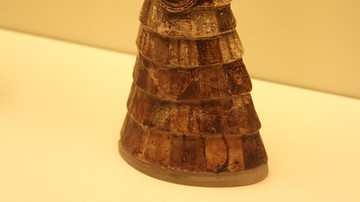
Image
Minoan Snake Goddess, Knossos.
Faience figurine of the Minoan Snake Goddess - her dominion was over nature and fertility. New-Palace period (1600 BCE). Heraklion Archaeological Museum, Crete.
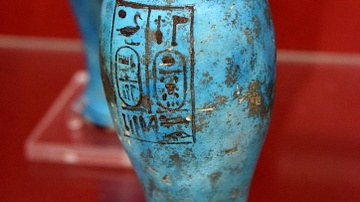
Image
Vase Inscribed with the Cartouches of Amenhotep II
This faience vase was inscribed with cartouches of the birth (nomen) and throne (prenomen) names of the Egyptian pharaoh Amenhotep II. New Kingdom, 18th Dynasty, reign of Amenhotep II, 1427-1400 BCE. Probably from the Valley of the Kings...
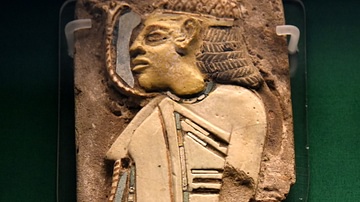
Image
Glazed Polychrome Tile from Tell el-Yahudieh
This decorative tile of glazed faience originally ornamented the walls of a palace of King Ramesses III at Tell e-Yahudieh in the Egyptian Delta. This (and other tiles) would once have been included in symbolic friezes illustrating Egypt's...
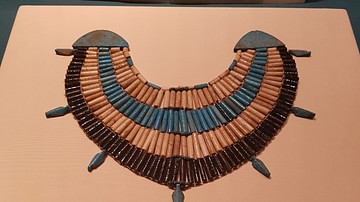
Image
Egyptian Broad Collar
Egyptian broad collar in faience. The broad collar is one of the most characteristic elements of ancient Egyptian jewellery. Called wesekh, which means 'the broad one', broad collars are often made up of different rows of beads. 11th Dynasty...
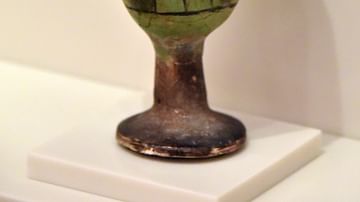
Image
Cup in the Shape of Lotus
Faience cup in the shape of a lotus blossom. From Egypt, precise provenance is unknown. New Kingdom, 1540-1290 BCE. (The Neues Museum, Berlin, Germany).

Image
Egyptian Beadnet Dress (Detail)
Egyptian beadnet dress from the reign of Khufu, 4th Dynasty, Old Kingdom of Egypt, 2551-2528 BCE. This beadnet dress is the earliest surviving example of a garment with the lozenge pattern. This pattern is frequently used when depicting...
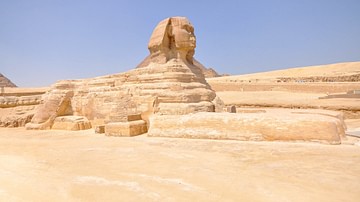
Definition
Ancient Egypt
Egypt is a country in North Africa, on the Mediterranean Sea, and is home to one of the oldest civilizations on earth. The name 'Egypt' comes from the Greek Aegyptos which was the Greek pronunciation of the ancient Egyptian name 'Hwt-Ka-Ptah'...
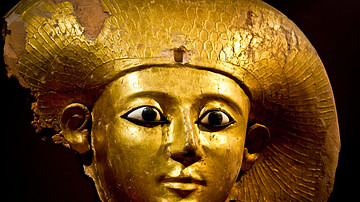
Definition
Ancient Egyptian Culture
Ancient Egyptian culture flourished between c. 6000 BCE with the rise of technology (as evidenced in the glasswork of faience) and 30 BCE with the death of Cleopatra VII, the last Ptolemaic ruler of Egypt. It is famous today for the great...
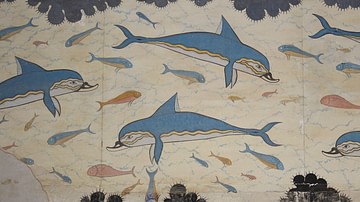
Definition
Minoan Civilization
The Minoan civilization flourished in the Middle Bronze Age (c. 2000 - c. 1450 BCE) on the island of Crete located in the eastern Mediterranean. With their unique art and architecture, and the spread of their ideas through contact with other...